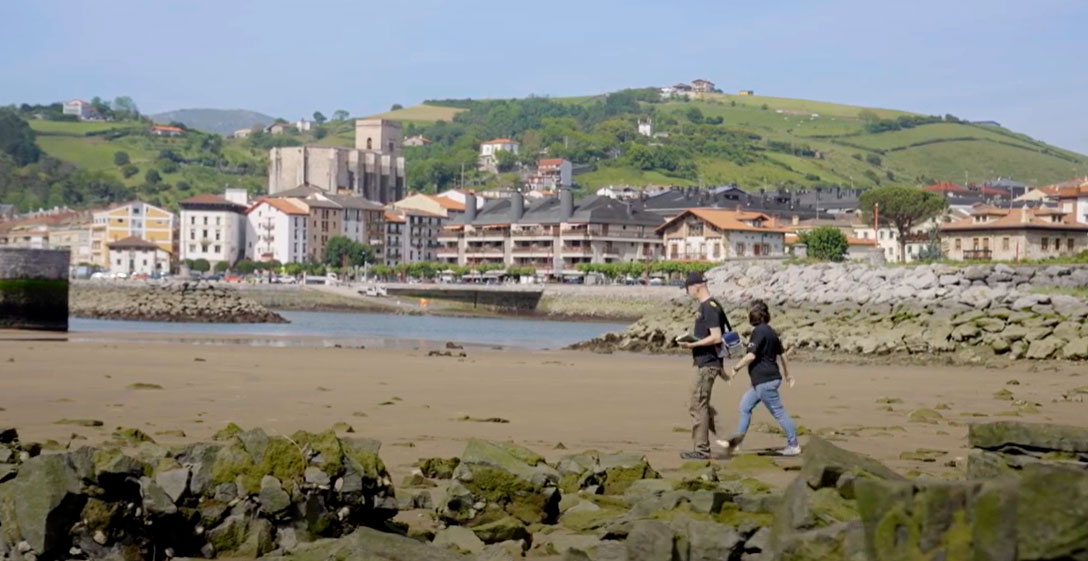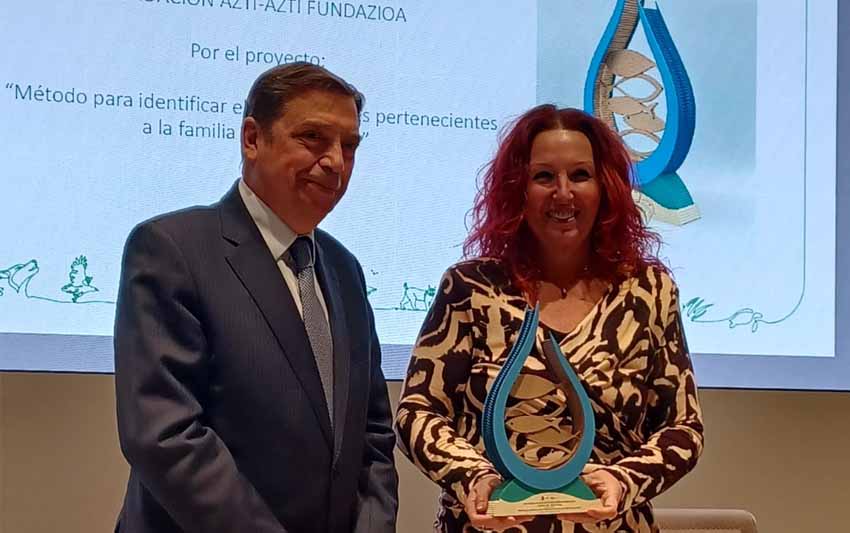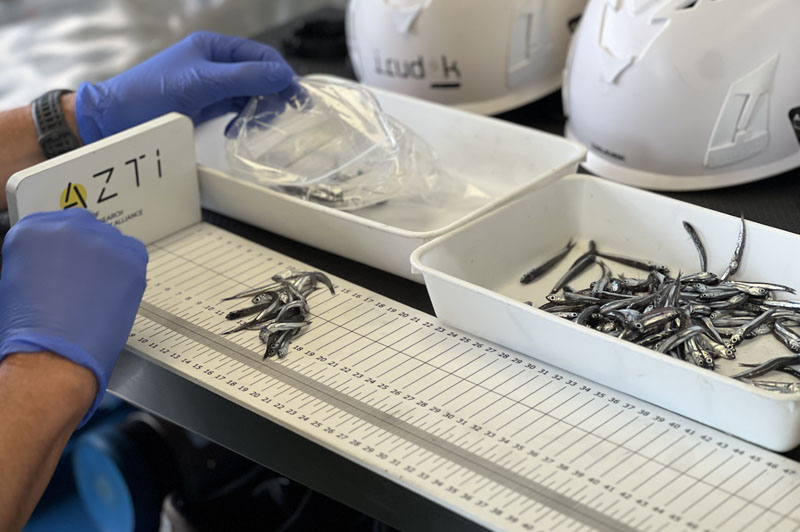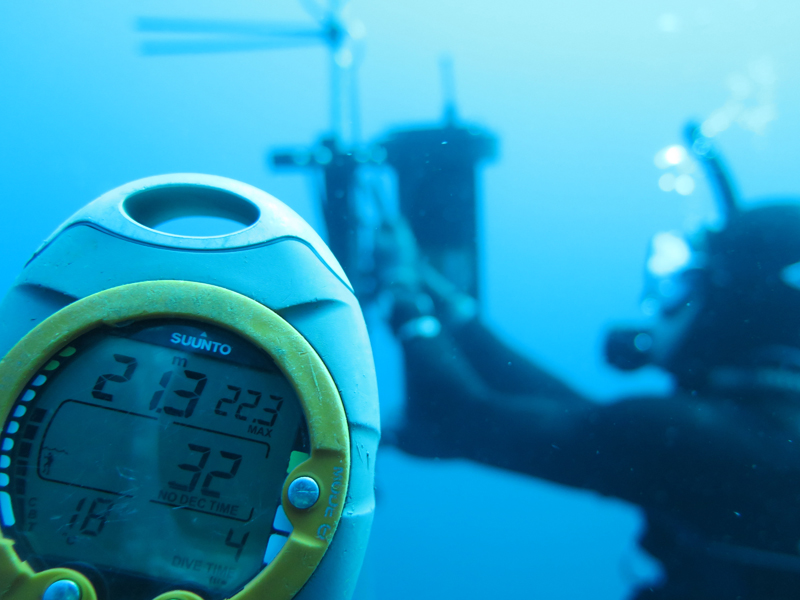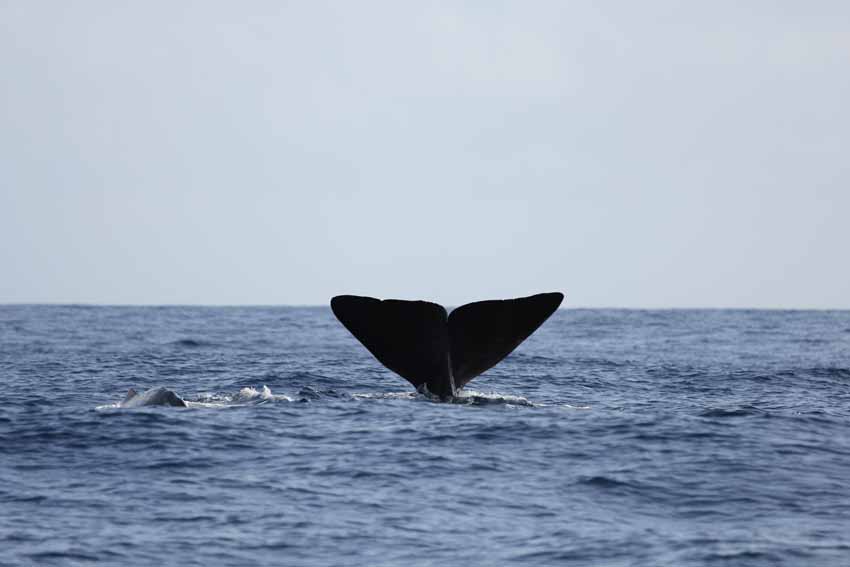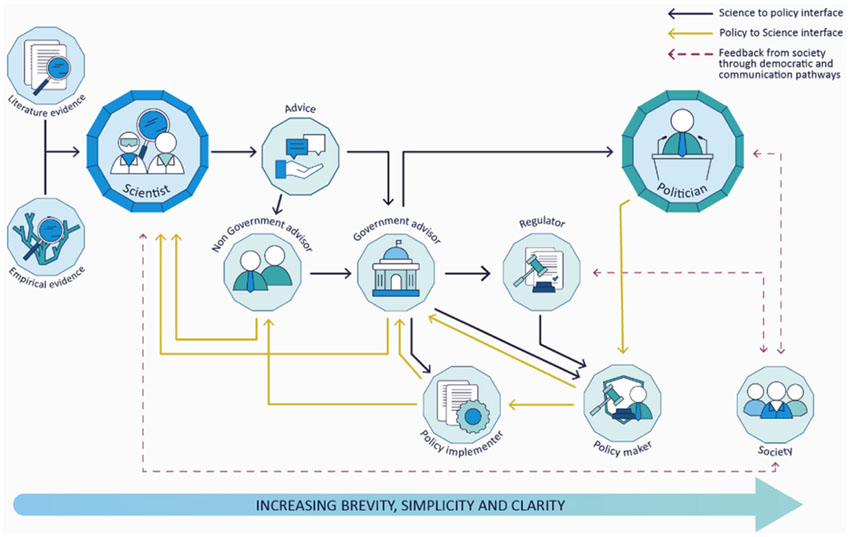Talking Microbes: What Environmental DNA Tells Us About Estuaries
Últimas noticias
AZTI wins the 24th JACUMAR Award with a pioneering PCR method to determine the sex of sturgeons
JUVENA 2025: The abundance of juvenile anchovies in the Bay of Biscay has doubled the historical average
Ethics in Artificial Intelligence for Food and Health: From “Can Do” To “Should Do”
ANDERS LANZEN and LEIRE GARATE, researchers in Biotechnology and Molecular Ecology
Estuaries—where rivers meet the sea—are much more than just transitional landscapes. These rich, complex ecosystems provide essential services for humans: they filter pollutants, serve as nurseries for many marine species, and help mitigate the effects of climate change. Yet despite their importance, estuaries are under serious threat. Pollution from cities, farms, and industry, along with changes to their natural water flow, are putting their delicate balance at risk.
In this context, there’s an urgent need for effective tools to monitor the health of estuaries and support quick, evidence-based environmental decisions. One particularly promising tool is environmental DNA—or eDNA.

Índice de contenidos
The Key Role of Microorganisms
They may be invisible to the naked eye, but the microorganisms living in estuary sediments play a vital role in maintaining ecosystem health. Bacteria and archaea drive biogeochemical cycles, produce essential substances, and form the foundation of food webs. Their functional diversity—the variety of ecological roles they play—makes them excellent bioindicators: if their communities shift, it’s a sign the ecosystem has changed too.
That’s why scientists are turning their attention to the smallest players in the ecosystem. By studying these microbes, they aim to get a better picture of the overall health of estuaries.
MicroMon: Monitoring with Environmental DNA
At the AZTI technology center, the MicroMon project is working to transform how estuaries are monitored. Using environmental DNA sequencing techniques, the team analyzes tiny sediment samples containing genetic material from all the organisms present—without needing to isolate or grow them in a lab.
Once the DNA is extracted, scientists amplify specific regions called “markers” to identify the microbial species in the sample. This gives them a detailed and comprehensive snapshot of biodiversity within the estuary.
But MicroMon goes a step further: by collecting samples across different locations and times, the project is mapping out ecological networks to understand how these microorganisms interact with each other and their environment. This insight is crucial for understanding how resilient an ecosystem is to threats like pollution or climate change.
From Local to Global
MicroMon’s work isn’t limited to estuaries in the Basque Country. By analyzing data from five continents—Europe, Asia, the Americas, Africa, and Oceania—the project is looking for global patterns that could lead to the creation of universal indicators of ecological quality.
The findings are striking: estuaries with similar characteristics, such as salinity or climate, often host similar microbial communities—even if they’re thousands of kilometers apart. For example, microbial communities in northern Australia closely resemble those in Florida, while those in Tasmania show similarities to the Bay of Biscay. This suggests that microbes respond in predictable ways to environmental conditions, making them reliable natural sensors of ecological health.
A Promising Tool
Molecular techniques based on environmental DNA have proven to be fast, cost-effective, and highly efficient for ecological monitoring. Although there’s still work to do—such as standardizing protocols so they can be officially adopted by different countries—the progress made by MicroMon clearly demonstrates the transformative potential of biotechnology for environmental conservation.
Protecting estuaries isn’t just about preserving biodiversity—it’s about safeguarding essential services that benefit us all. Thanks to environmental DNA, we now have a powerful new way to listen to what these ecosystems are telling us.
